Invasive species can wreak havoc on natural ecosystems and cost governments millions. Once they’ve invaded, getting rid of these pesky plants and animals is undoubtedly a challenge, and even if they can remove them, no one ever knows what to do next.
However, experts in Maryland seemed to have solved this problem with a fantastic solution. Not only have they rid their river of more than 18,000 of one particularly invasive species, but they’ve also donated them to food banks to feed thousands of people in need.
What Are Invasive Species and Why Are They Dangerous?
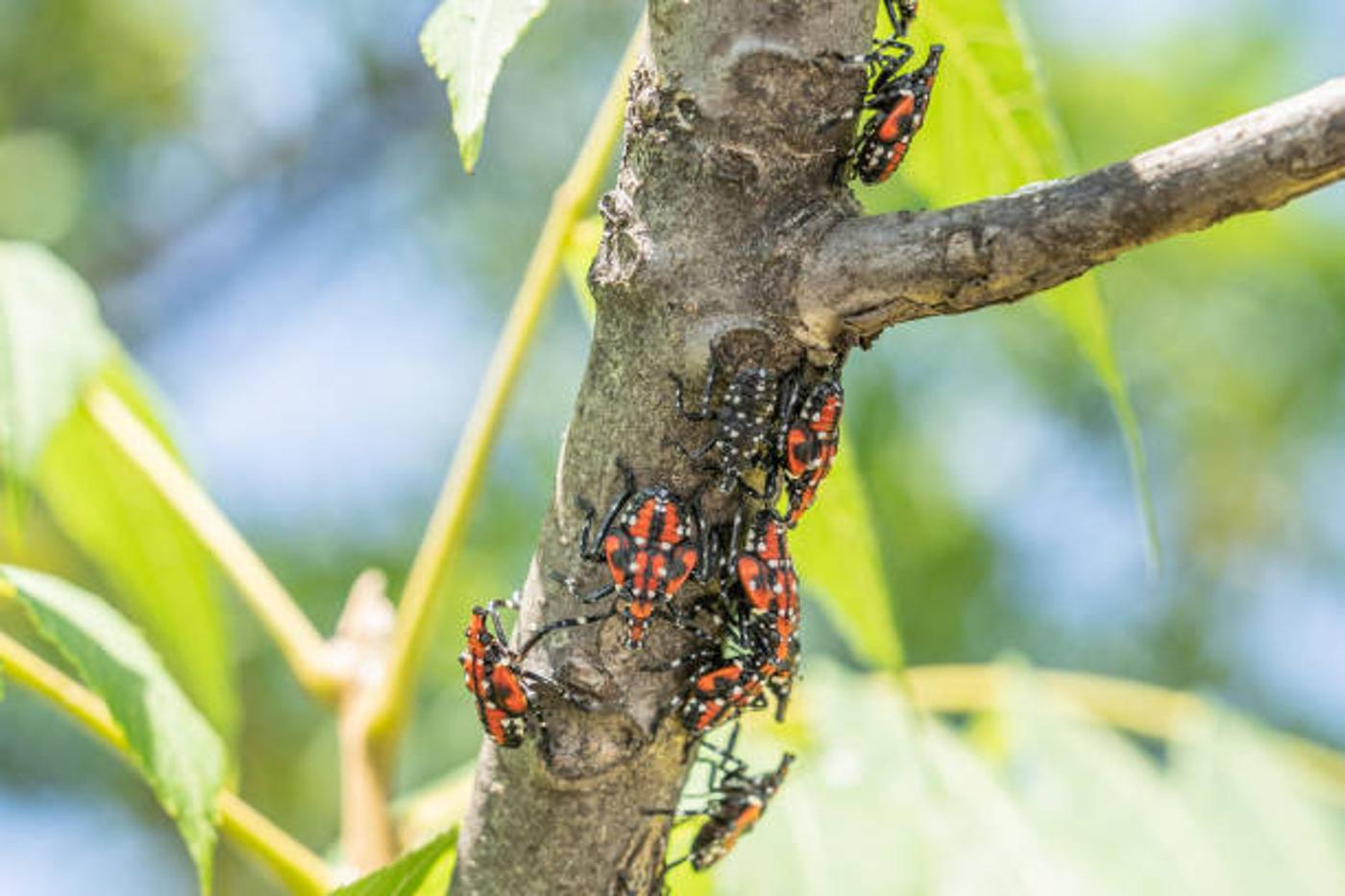
Before discussing Maryland’s invasive species problem and innovative solution, it’s essential to understand what invasive species are and why they are considered so hazardous.
Invasive species are plants and animals which are non-native to an ecosystem. Because they are not naturally found in a specific area, invasive species are often highly detrimental to native plants and animals and the local economy.
Maryland’s Conowingo Dam Is Full of Invasive Fish
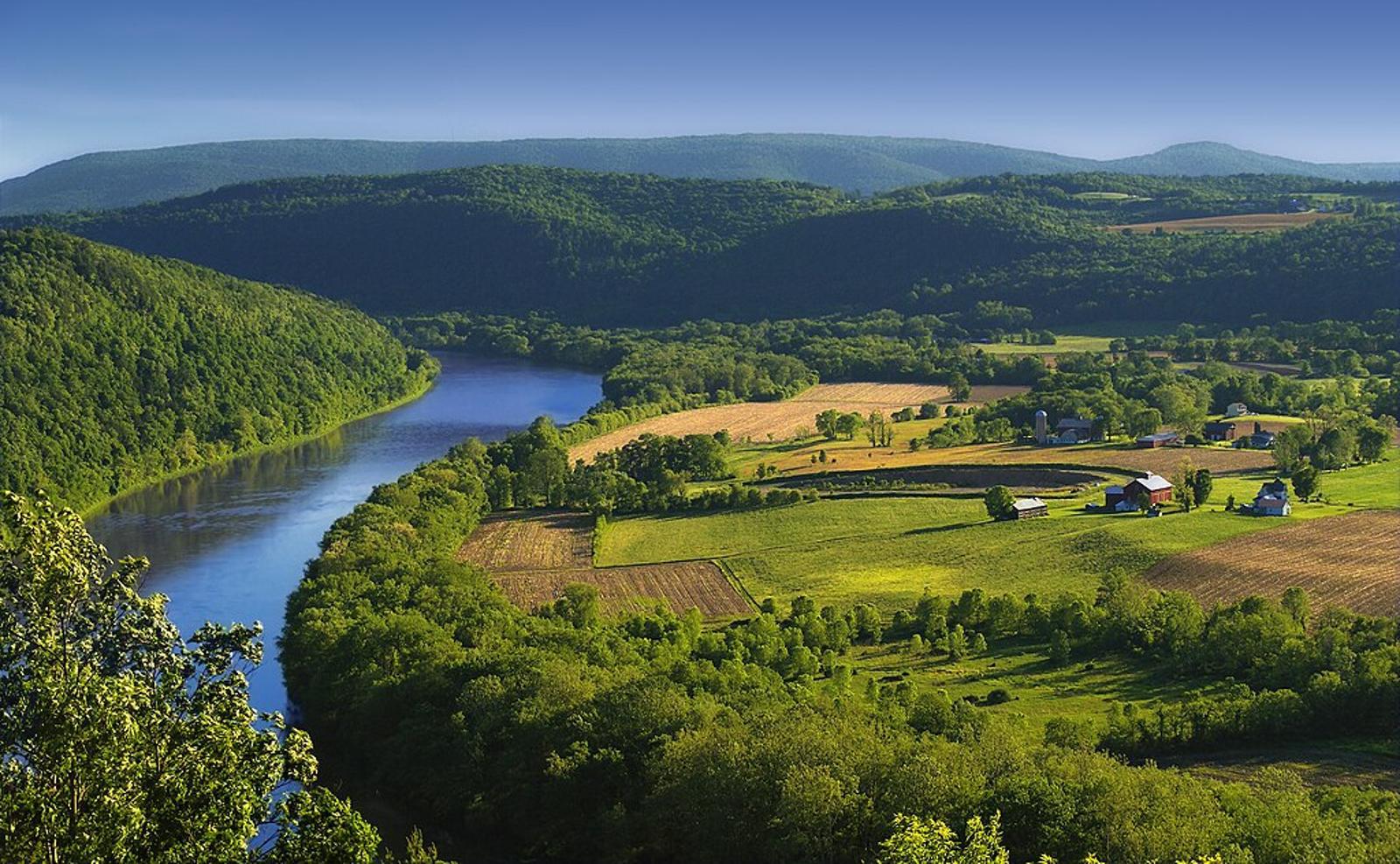
For example, several species of invasive fish have recently invaded Maryland’s Susquehanna River, causing numerous problems for the river’s natural ecosystem and its Conowingo Dam.
The Conowingo Dam transports native migrating fish species to the upper half of the river and their breeding grounds. However, invasive species are getting stuck in the dam because they are too big for the water-elevator system.
Invasive Species Are Threatening the River’s Ecosystem
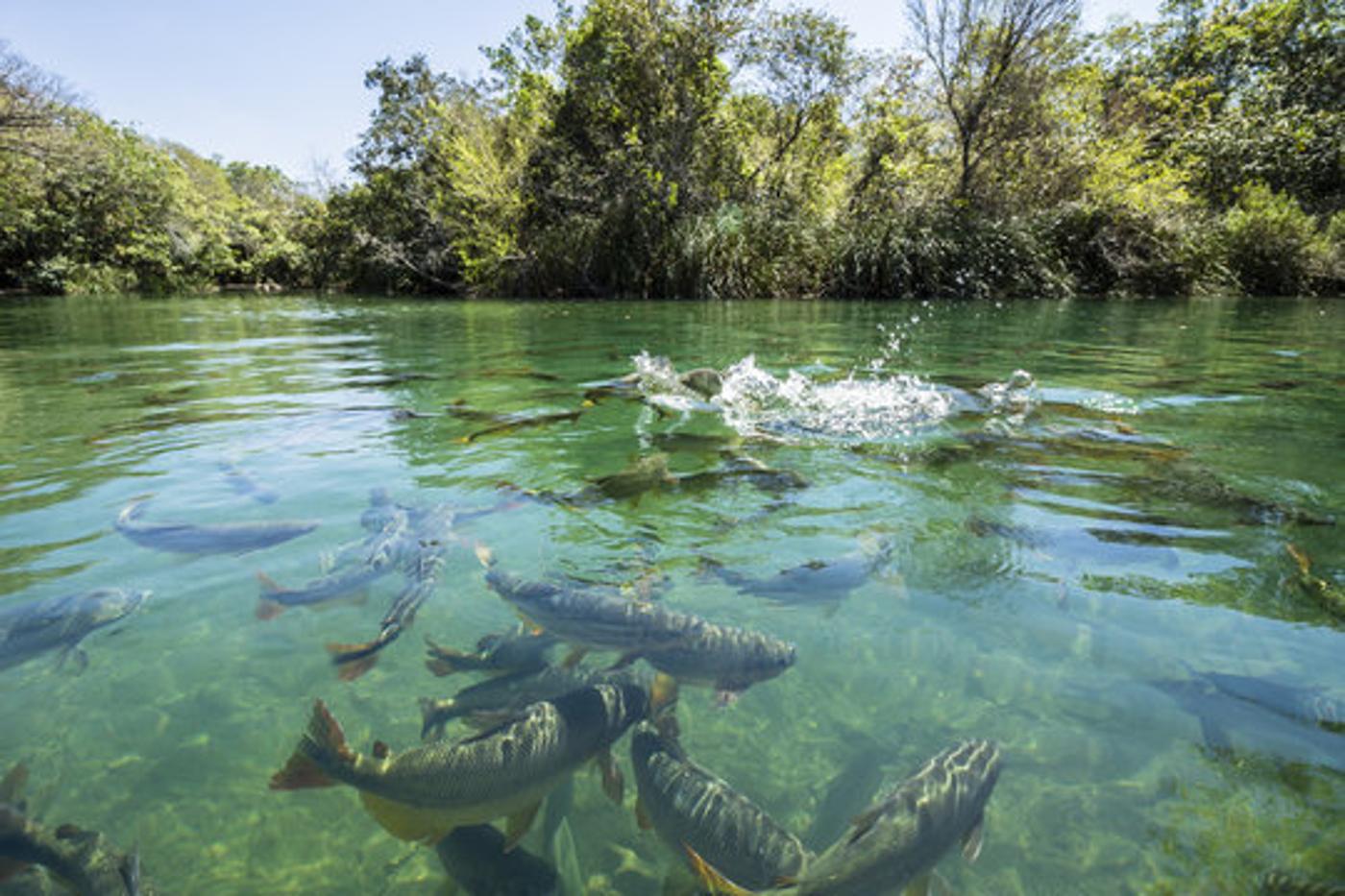
In addition to causing problems within the dam, these invasive fish are also threatening the proper function of the river’s natural ecosystem.
They outcompete native fish for food, oxygen, and even swimming space, and if other native species go extinct, the entire system could collapse.
Fishing Is a Big Industry in Maryland
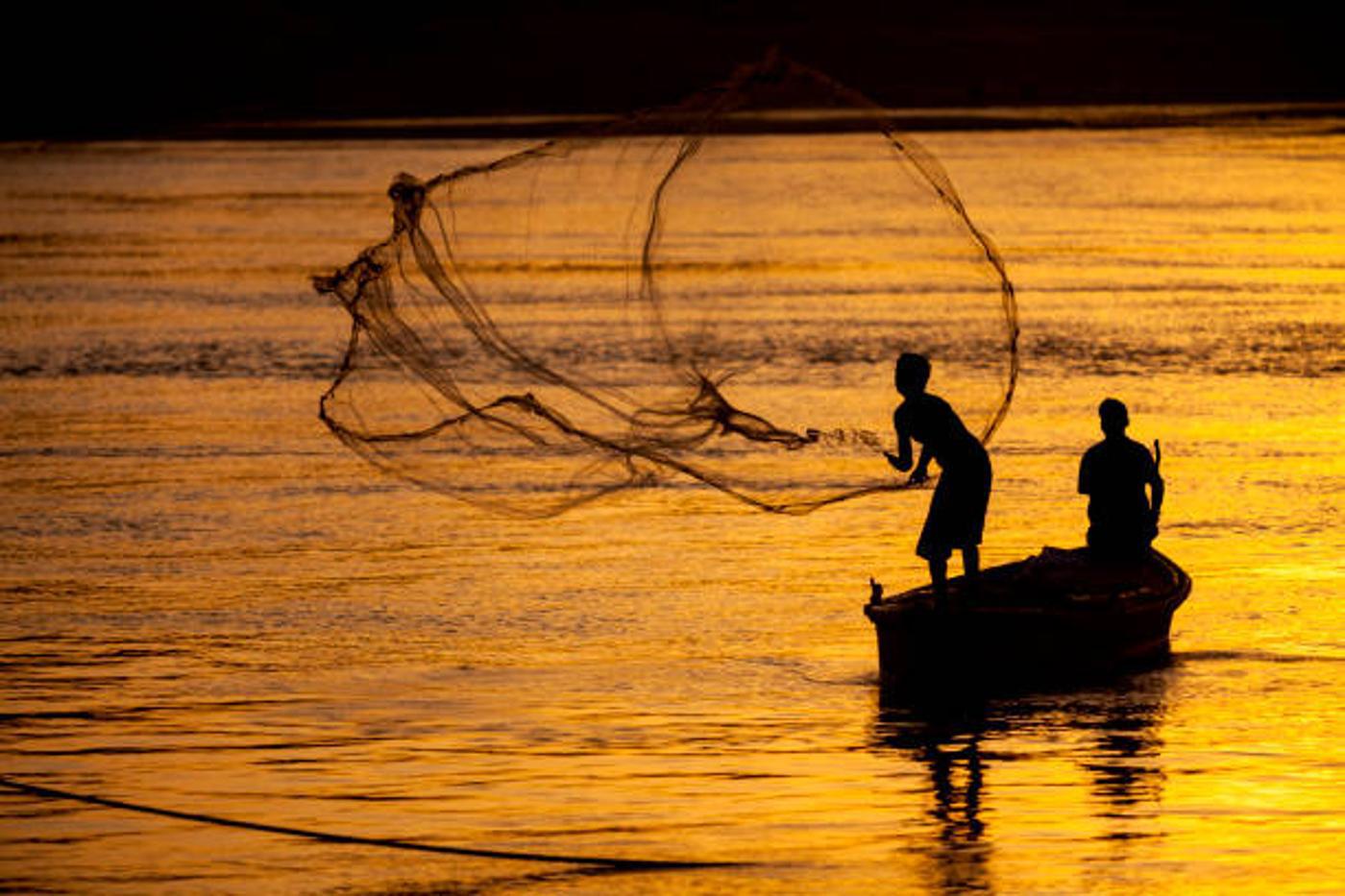
As well as threatening the existing natural wildlife, minimizing the number of native species in the Susquehanna River is also wildly detrimental to Maryland’s fishing economy.
Every year, the Maryland fishing industry contributes nearly $600 million to the state’s overall economy, and the Susquehanna River is an important part of this lucrative industry.
Tens of Thousands of Pounds of Invasive Fish

The Maryland Department of Natural Resources (DNR) noted that while they are dealing with several non-native fish species, the most prevalent are northern snakeheads, also known as Chesapeake Channas.
In fact, the number of pesky northern snakeheads in the Susquehanna River has more than doubled since 2021. And that’s with a program in place to remove them.
Removing the Fish Is Quite Challenging
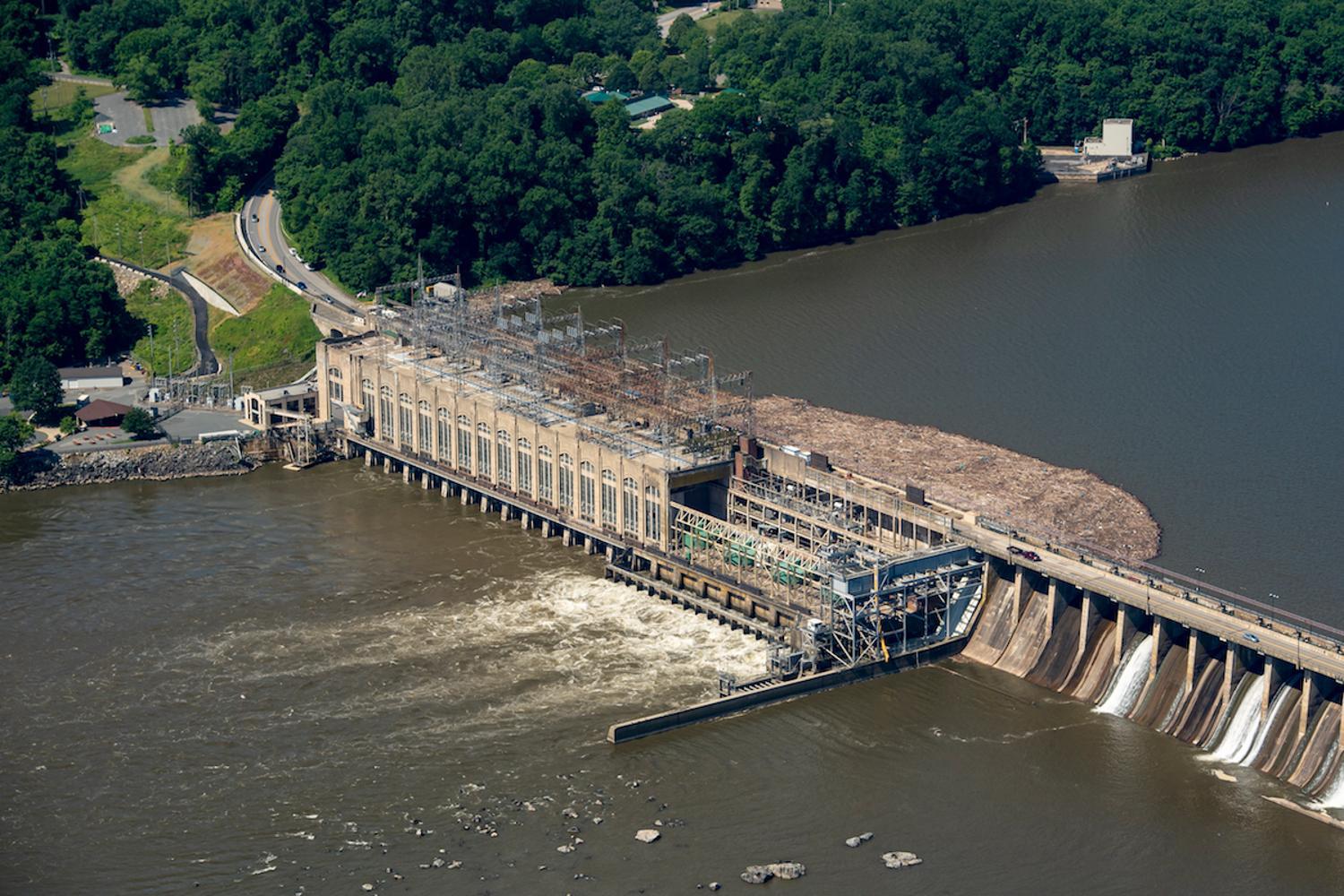
The Maryland DNR initiated the northern snakehead removal project in 2021, in which expert technicians scale the dam and physically remove every non-native fish from among the many native fish making their way to their breeding grounds.
It’s challenging work, but over the past several years, they’ve successfully removed thousands of pounds of these invasive fish. However, until this year, they simply threw them away, which didn’t feel like the best possible solution.
Donating the Invasive Fish to Maryland Food Banks
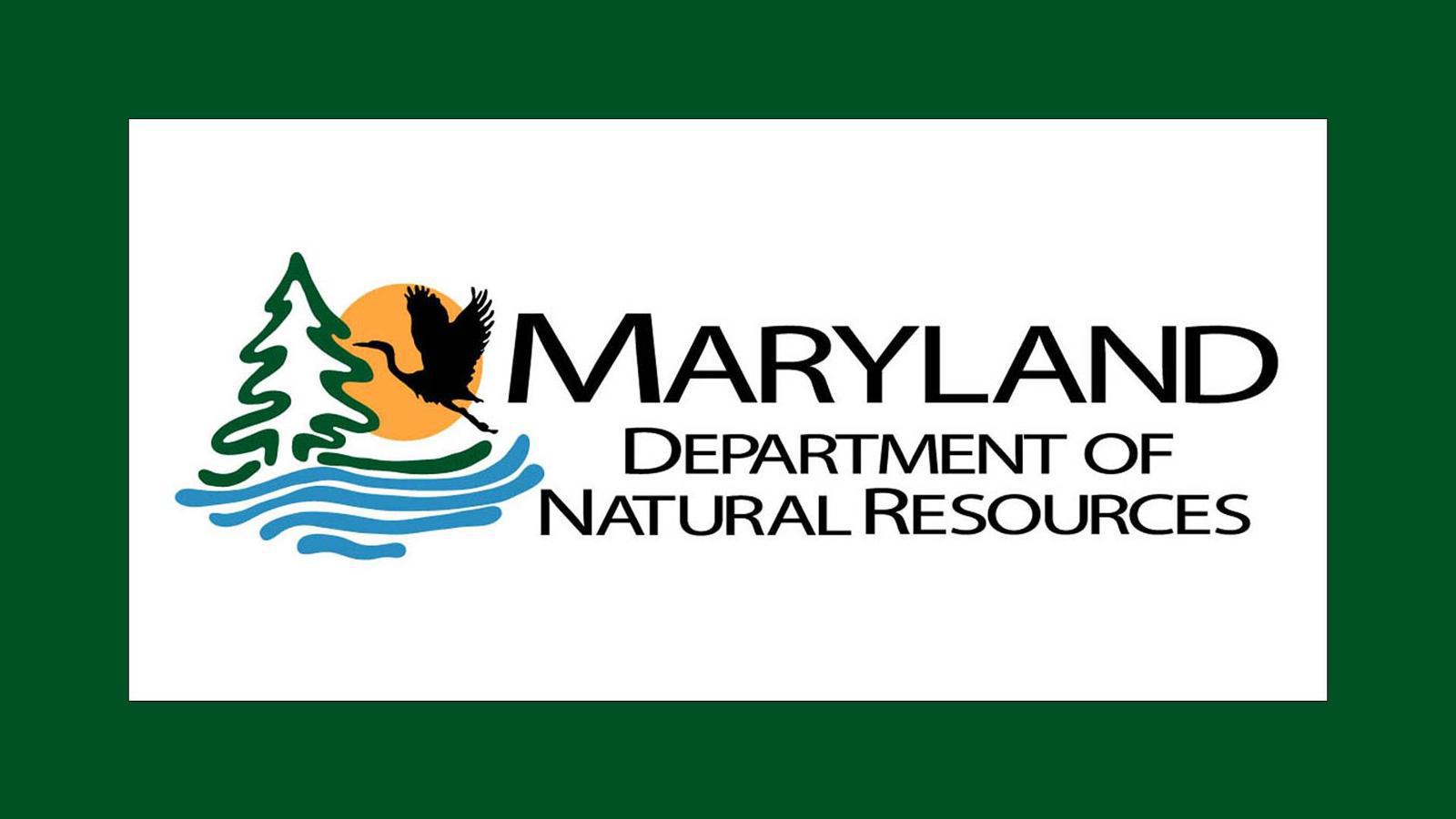
This year, the Maryland DNR partnered with a seafood wholesaler to safely transport the freshly caught northern snakeheads to facilities that could use them, specifically to food banks throughout the state.
Their partnership was wildly successful, and between March and June 2024, more than 18,000 pounds of the invasive fish were shipped and donated.
Food Banks Now Have Fresh, Delicious Fish to Feed Those in Need

Thanks to this program, food banks around Maryland now have hundreds of pounds of fresh, delicious, and safe fish to serve to the local residents in need.
But the tens of thousands pounds of fish aren’t even the only invasive species being served at Maryland’s food banks. The Maryland DNR also has staff collecting other non-native plants such as kudzu, chicory, and wineberries, and donating them, too.
A Win-Win for Maryland

As Branson Williams, the Invasive Fishes Program Manager for Maryland’s DNR, explained, “Invasive fish pose a significant threat to ecologically and economically important native species in Maryland.”
He continued, “The removal effort at Conowingo Dam is a prime example of how partnership can amplify our ability to manage invasive fishes and limit their spread.”
No Limits on Northern Snakehead in Maryland
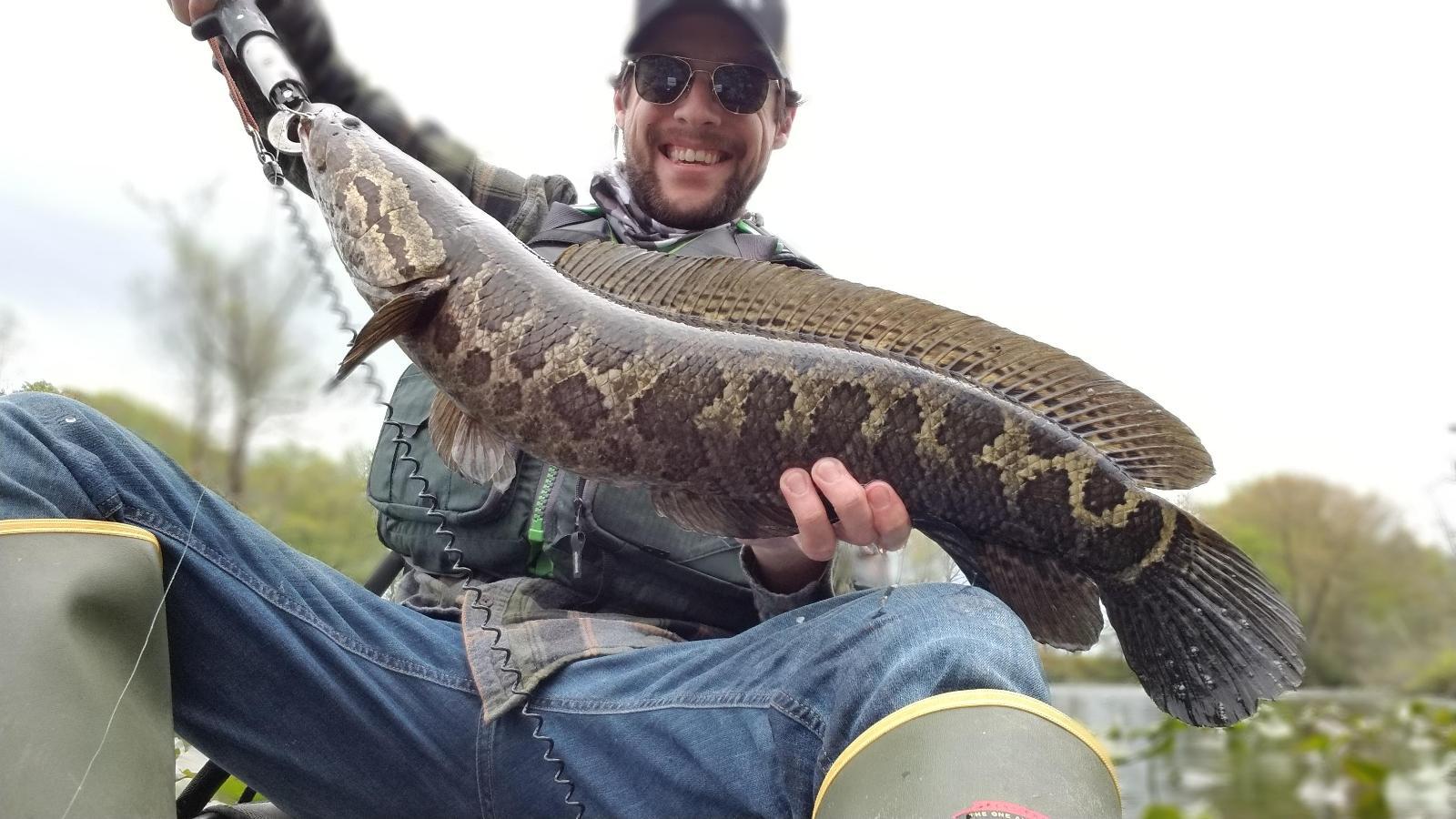
In addition to the planned removal of the northern snakeheads at the Conowingo Dam, Maryland DNR has nearly no restrictions on fishing for them.
In fact, while residents and visitors must possess a valid state fishing license, the Maryland DNR says, “there are no seasons, no size limits and no creel limits.” People can essentially catch as many as they want; they simply have to kill them immediately.
Protect Our Rivers, Protect Our Earth
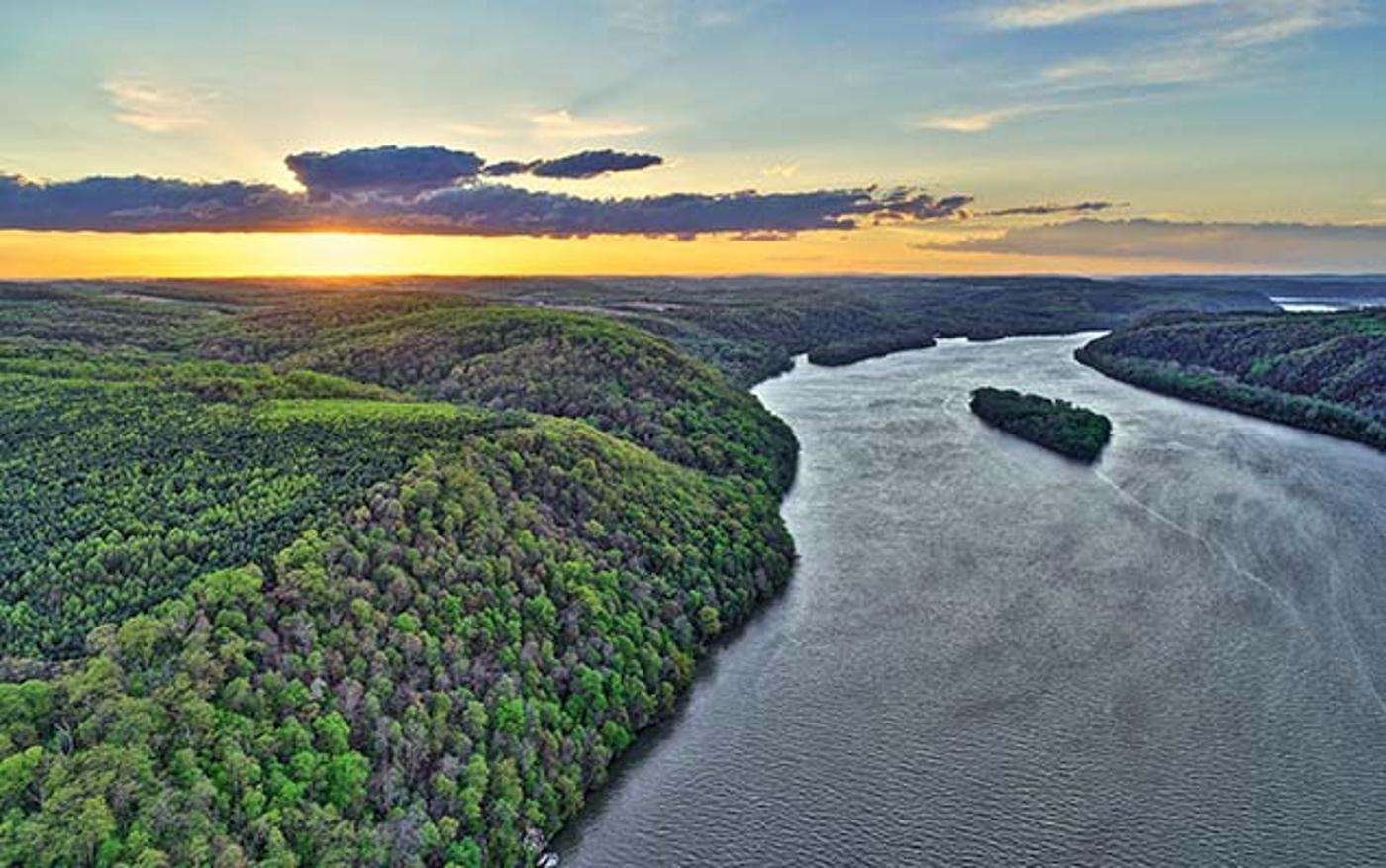
Many people don’t realize that the individual ecosystems, such as that within the Susquehanna River, are vital not only to the local residents, but to the world as a whole.
Climate change is a very real problem, and if our tiny ecosystems fall to pieces, this reality will only get worse. Eliminating invasive species is at least one way that we can help protect our planet from implosion, and fortunately, Maryland seems to be doing its part.








































